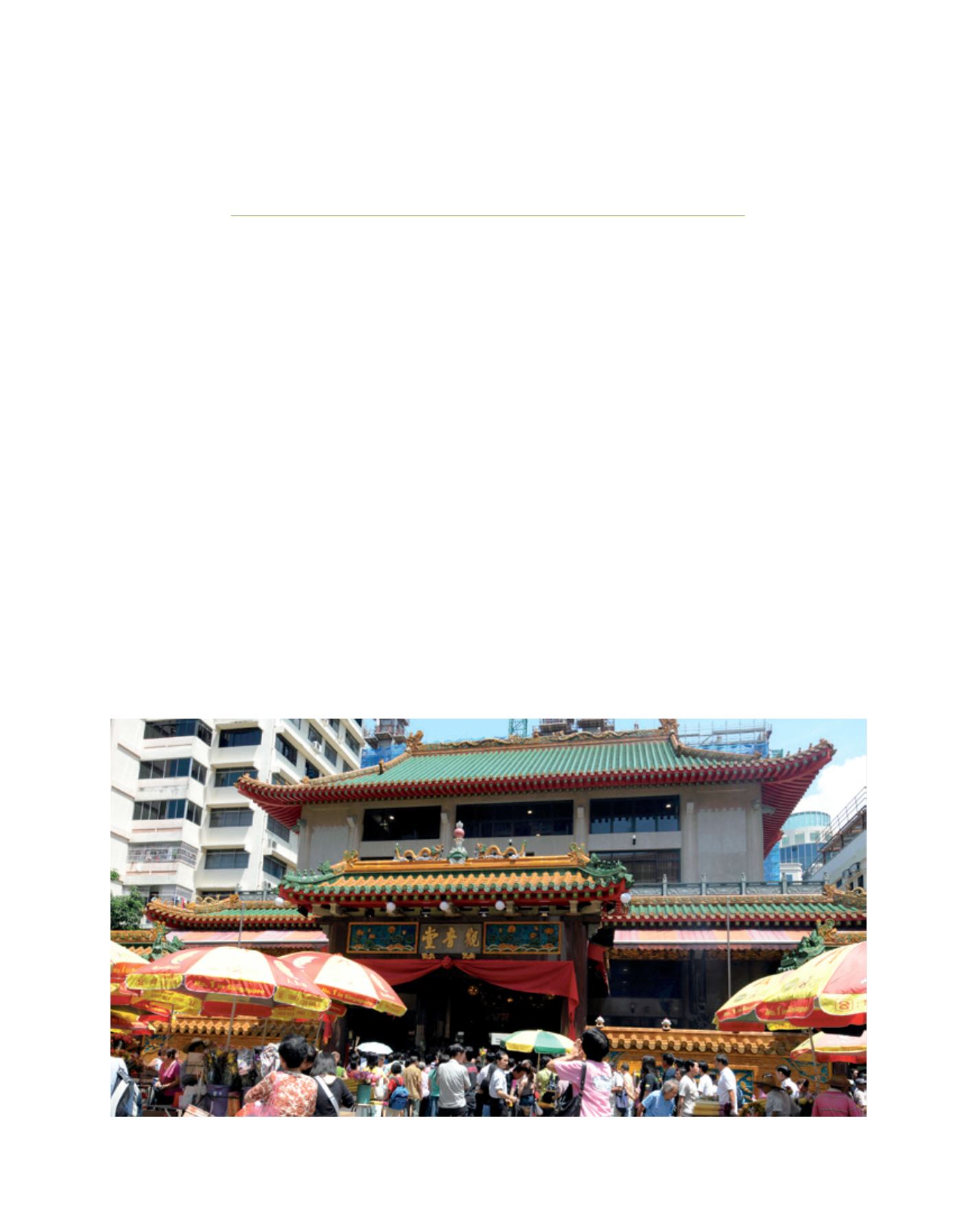

[
] 89
Miracle on Waterloo Street –
religious harmony in Singapore
Professor Tommy Koh, Special Adviser, Institute of Policy Studies,
Lee Kuan Yew School of Public Policy, National University of Singapore
R
eligion can promote peace between people and
between nations. It can also be a cause for conflict
and war. Religion has often been hijacked by
unscrupulous men to gain or retain power and used by
such men as a weapon against their adversaries. There are
many situations in the contemporary world where religion
is a threat to peace.
Let me cite a few examples. The Buddhists and Muslims have
clashed in Myanmar, especially in the Rakhine state. In Pakistan
and the Middle East, Sunni terrorists have been blowing up
mosques and other places sacred to the Shiites. In Iraq and Syria
a group of Sunni extremists, who call themselves the Islamic
State in Iraq and Syria (ISIS), is seeking to create a new caliphate
by violent means. In one of our neighbouring countries, Shiite
teachings are deemed to be against Islamic law. In Europe, there
is growing animosity between Christians and Muslims. The
early-2015 shootings at a Copenhagen café during a seminar
on free speech, and the killing of Charlie Hebdo cartoonists in
Paris, are manifestations of this chasm. So too are the anti-Islam
demonstrations in Germany and elsewhere in Europe.
Viewed against this backdrop, the religious and racial
harmony we enjoy in Singapore is remarkable. Many of us
grow up, work and play together with friends and neighbours
of different races and religions. I consider Singapore’s reli-
gious harmony one of the most precious achievements of the
past 50 years. We must do everything we can to preserve it.
Singapore may be a small country but it is one of the most
religiously diverse countries in the world. Buddhism, Islam,
Christianity, Taoism and Hinduism are the main religions of
Singapore. Sikhism, Judaism, Zoroastrianism, Jainism and
Baha’ism have small followings. All 10 religions are repre-
sented in the non-governmental organization called the
Inter-Religious Organization (IRO).
The fact that Singapore is physically very small means that
the places of worship of different religions may be located on
the same street, and sometimes even next door to each other.
In other countries, such proximity could lead to misunder-
Image: Ministry of Culture, Community and Youth
Kwan Im Thong Hood Cho Temple on Singapore’s Waterloo Street: religious harmony is one of Singapore’s most important achievements of the past 50 years
A
gree
to
D
iffer

















